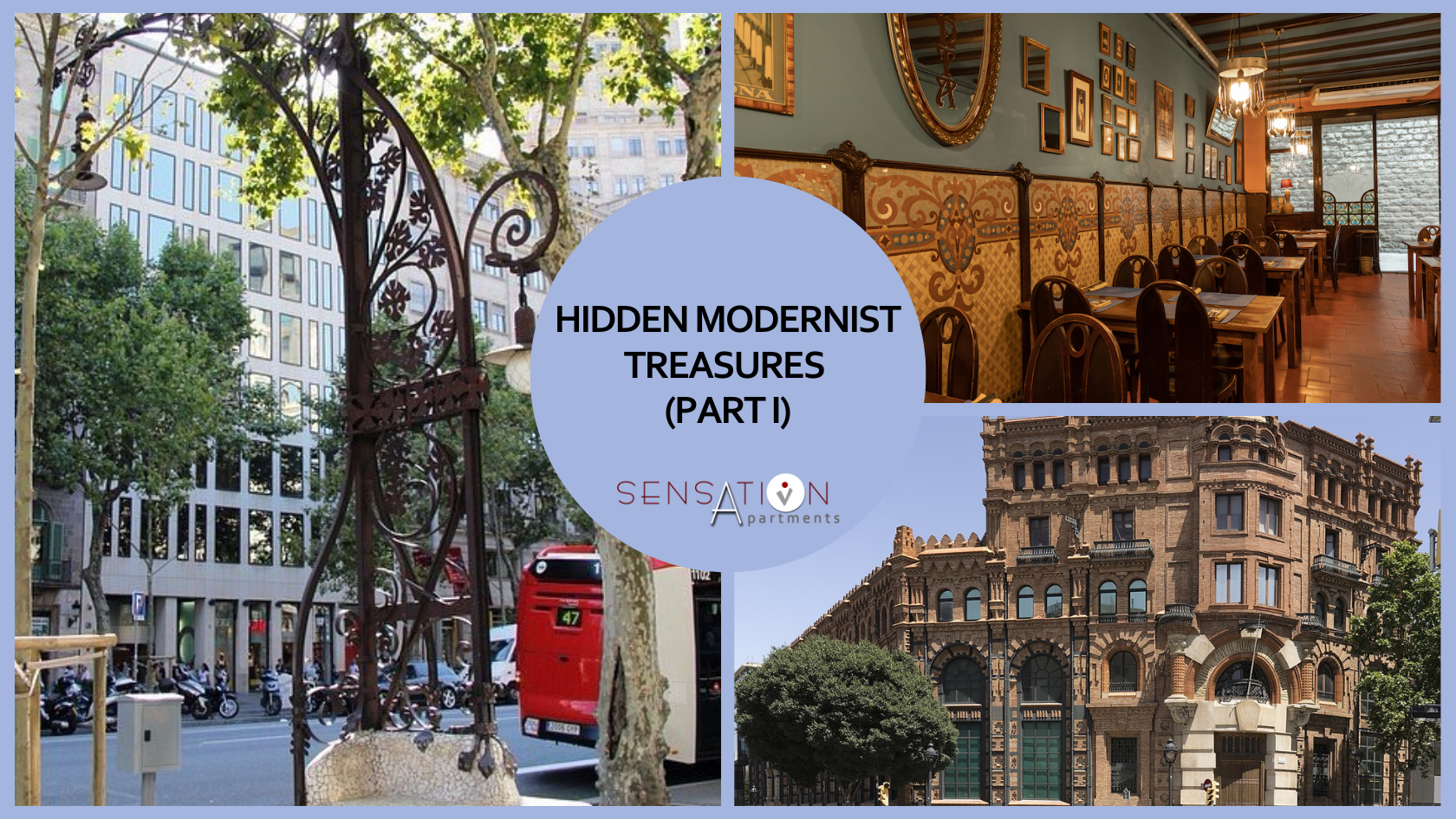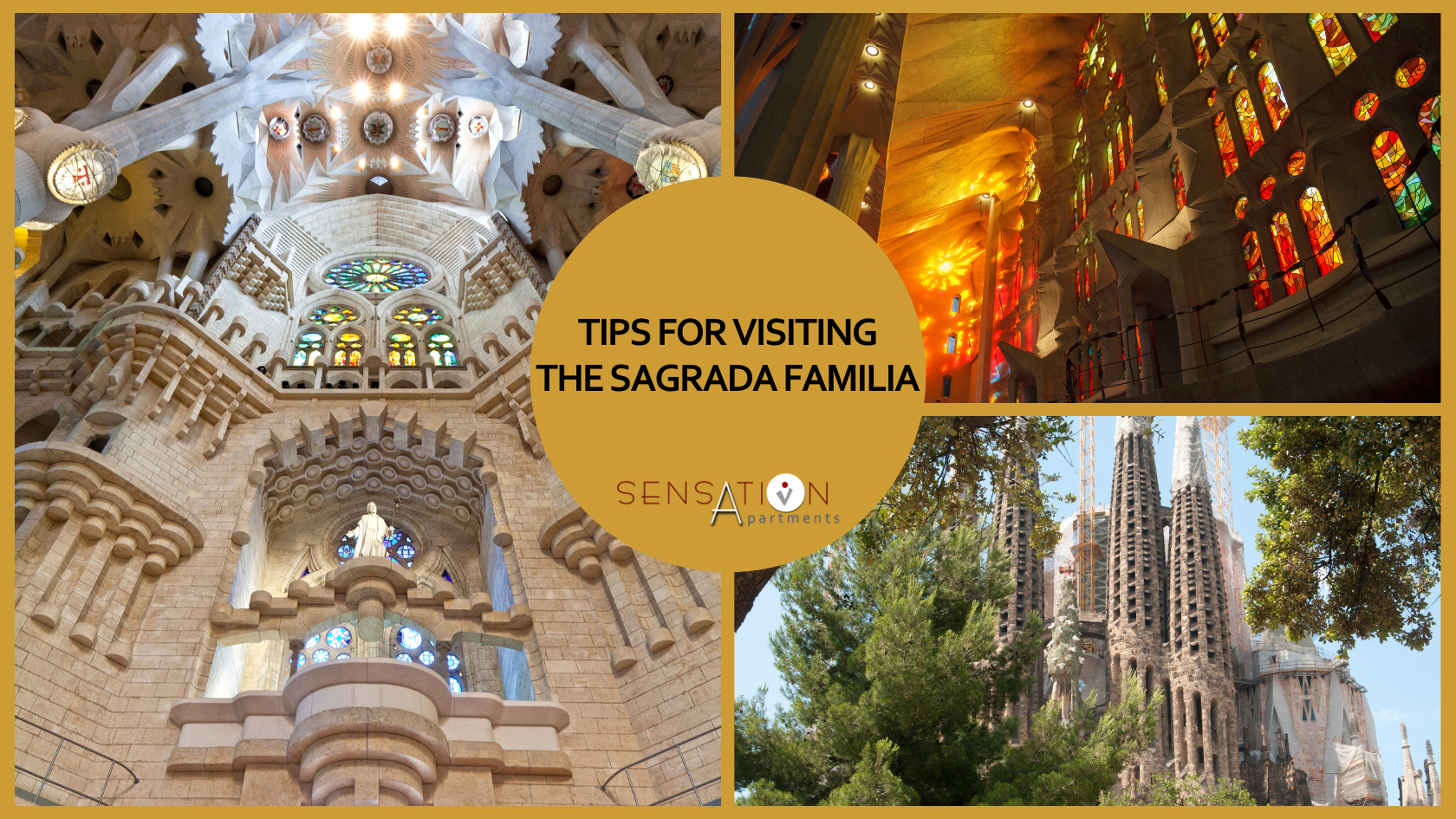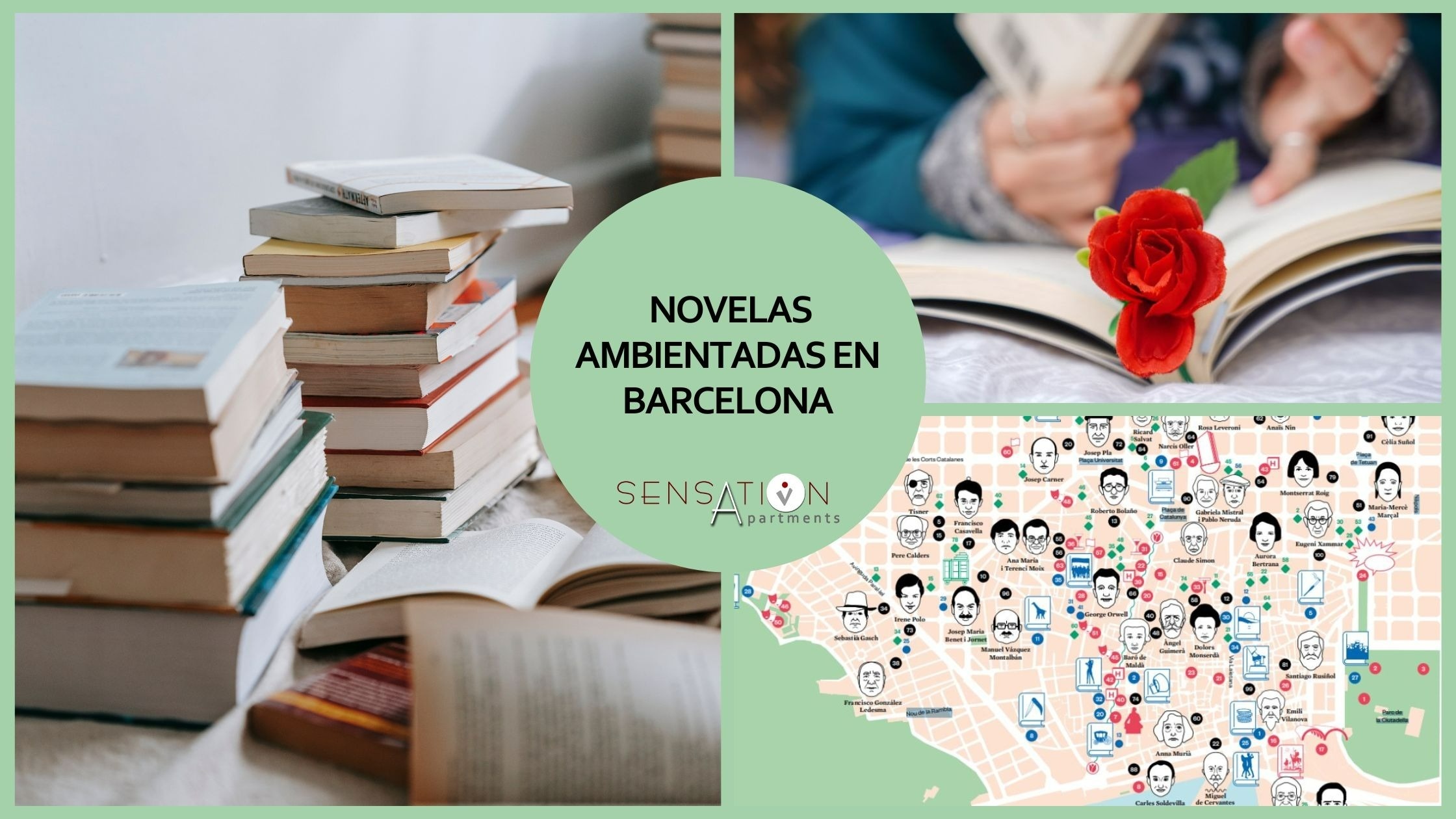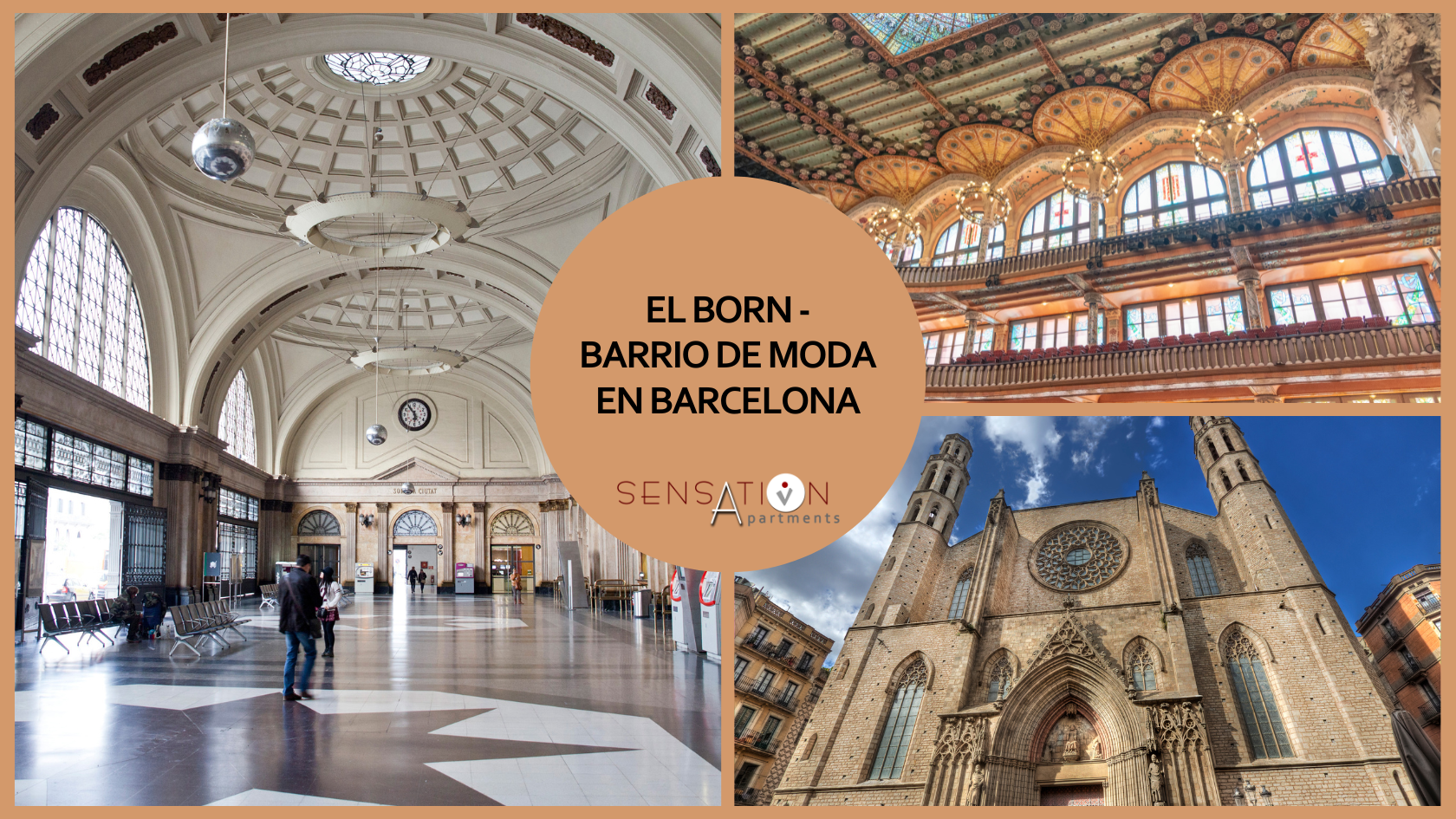Gaudí Route - The legacy of a visionary architect
Routes 06/03/2024Barcelona has a unique essence and that is thanks to Modernism and its greatest exponent, a great icon of this movement, the architect Antoni Gaudí, who imbued the city with his magic and creativity by designing some of the most emblematic buildings.
We have prepared a route to help you discover the Barcelona of the master of Catalan modernism. It is difficult to tour the entire collection of Gaudí's works in the same day, so we have divided the route into two parts, one with the main buildings and the other with some of the lesser-known creations.
If your idea is to visit the places, one by one, in detail, we recommend that you do the route in 2 days. If, on the other hand, you plan to do a “quick” route without visiting the interior of the buildings, it is possible that you can complete it entirely in the same day. Of course, start early and with a good breakfast because it will be a very full day.
Park Güell (Carrer d'Olot)
We will begin the route at Park Güell , a park with more than 100 years of history declared a World Cultural Heritage by UNESCO in 1984. Eusebi Güell commissioned Gaudí to design a private urbanization for wealthy families, but the idea did not It worked and this space ended up becoming the most beautiful public park in the city. At the entrance to the park on Calle Olot you will find the Guard House and inside the park, there is also the current Gaudí House Museum , which was once the home of the Güell family.
To visit the interior of the park it is necessary to buy a ticket, in addition, we recommend purchasing it in advance on the website to avoid queues and ensure availability at the desired time.
Casa Vicens (Carrer de les Carolines, 20-26)
Very close to Park Güell, 1.5km away, we find Casa Vicens , the first modernist house designed by Gaudí, which marked his debut in Barcelona. It was built between 1883 and 1885 as a summer residence for the Vicens family. It can be visited relatively recently, since after a three-year restoration, in November 2017 it opened its doors to the public.
Sagrada Familia (Carrer de la Marina, 253)
The next stop is the architect's great masterpiece, the Sagrada Familia. You can get there from Casa Vicens with the metro in just 15 minutes. This will probably be the longest visit of the entire route, it is worth spending a while and looking at every corner of its different facades and, above all, enjoying the incredible interior. If you want to discover all the curiosities about the Sagrada Familia to know exactly where to look, take a look at this article on our blog.
To visit the interior of the Basilica it is necessary to buy the ticket in advance, reserving the day and time.
After a break for lunch, the route continues towards the Manzana de la Discordia, where we find two large buildings by Gaudí: La Pedrera and Casa Batlló.
La Pedrera or Casa Milà (Passeig de Gràcia, 92)
It is the most emblematic civil building of the famous architect, it is considered a true work of art for its construction innovations and for its ornamentation and decoration. It was commissioned by the Milà family in 1906. Once built, in 1912, the family occupied the main floor and rented the rest of the homes.
It is possible to visit the interior and the upper terrace with the famous fireplaces. It is advisable to buy your ticket in advance to avoid the lines.
Casa Batlló (Passeig de Gràcia, 43)
Considered one of Gaudí's most original works, the 1904 commission consisted of the project to renovate the home of textile businessman Josep Batlló. This work belongs to his most naturalistic period and it is said that on the façade of the building the artist represented the famous legend of Sant Jordi. You can see on the official website itself , each of the details that reflect the legend. And you can also buy tickets online if you want to visit inside without waiting in line.
Casa Calvet (Carrer de Casp, 48)
The next stop on the route is about 950m from Casa Batlló, it is Casa Calvet , one of Gaudí's first works. It dates from 1899 and in it you can see the still conservative style of the artist, although certain elements of a modernist nature were already marked on its façade. This house was built in homage to the Catalan baroque using stone from Montjuïc. Currently, the ground floor is a restaurant and from inside you can see the modernist interior design.
After discovering one of Gaudí's first creations, the next stop would be the last. If you go with enough time, we recommend that you grab some snacks along the way to recharge your batteries a little before the last Gaudinian visit of the day.
Palau Güell (Carrer Nou de la Rambla, 3-5)
If you still have the strength, you can get there on foot, it is about 2km away, but it is a pleasant walk as you cross Plaça Catalunya and go down the emblematic Rambla. If you prefer, you can also get there by metro with the L4, it is 15 minutes.
The Palau Güell was built between 1886-1890, commissioned by Gaudí's patron, Eusebi Güell, as a family residence. Currently, it is possible to visit the Palace and, really, it is worth entering to finish the first part of the route discovering its interiors and the famous lantern on the noble floor, which is reminiscent of a starry dome.
Among the most exclusive neighborhoods of the city, Sarrià and Pedralbes, there are three other pieces by the architect. If you opt for the quick route, you may have time to see these three places also on the same day, but if you prefer to take a quieter route that allows you to discover all the details of Gaudí, you will need an extra day to get closer. to these areas, since they are somewhat further away from the city center.
Bellesguard Tower (Carrer de Bellesguard, 20)
The Bellesguard Tower is one of the artist's most unknown works, in fact, work is still being done on the investigation of its origin and clarification of its history. The only thing that is known is that it was built between 1900 and 1909 as a summer estate for the widow Figueres in homage to Medieval Catalonia with a free interpretation of civil Gothic.
Col·legi de les Teresianes (Carrer de Ganduxer, 85-105)
From the Bellesguard Tower you can walk down to the Col·legi de les Teresianas , a project commissioned in 1889 by Gaudí directly by the congregation of the Teresianas to build a female boarding school. One of his most austere pieces due to the congregation's limited budget, but it is compensated by the most outstanding details.
Pavilions of Finca Güell ( Avinguda de Pedralbes, 7 )
In the Finca Güell it was located at the end of the 19th century. XIX, the summer estate of the Güell family, in the renovation project that was carried out between 1884 and 1887, Gaudí was in charge of designing the garden and the pavilions that can now be visited.
The venue will be closed from March 1, 2024 for improvement actions.
Colonia Güell (Santa Coloma de Cervelló)
If after the intense route, you still want to continue discovering more of Gaudí's works, about 20km from Barcelona, in Santa Coloma de Cervelló, you can visit Colonia Güell , a group of buildings that made up an industrial colony where the textile factory It occupied most of the time of the people who lived there.
It is a really beautiful place, especially the Crypt area, if you have time to get away to visit it, it is really worth it.
"The architect of the future will be based on the imitation of nature, because it is the most rational, durable and economical of all methods." - Antoni Gaudí






